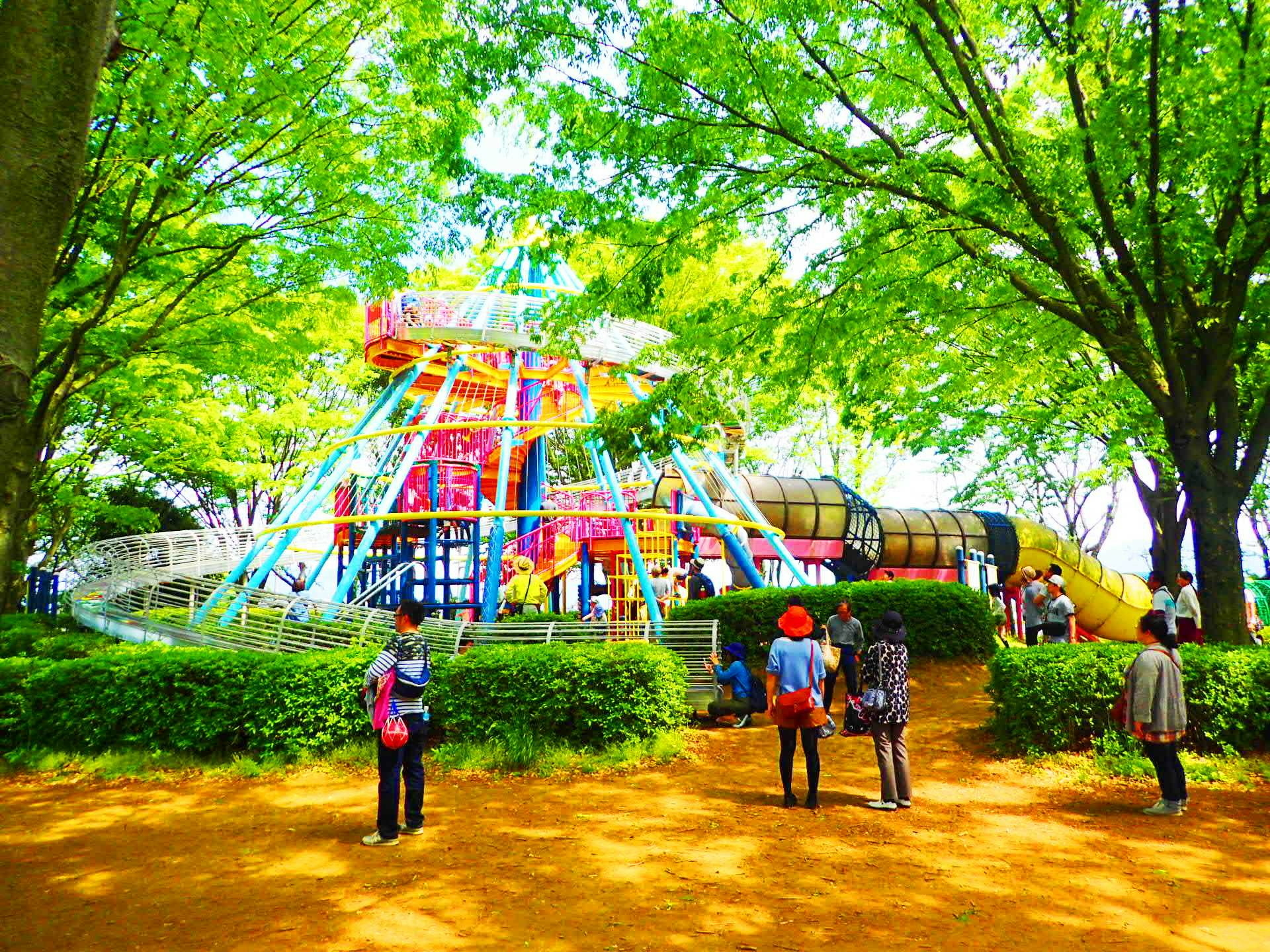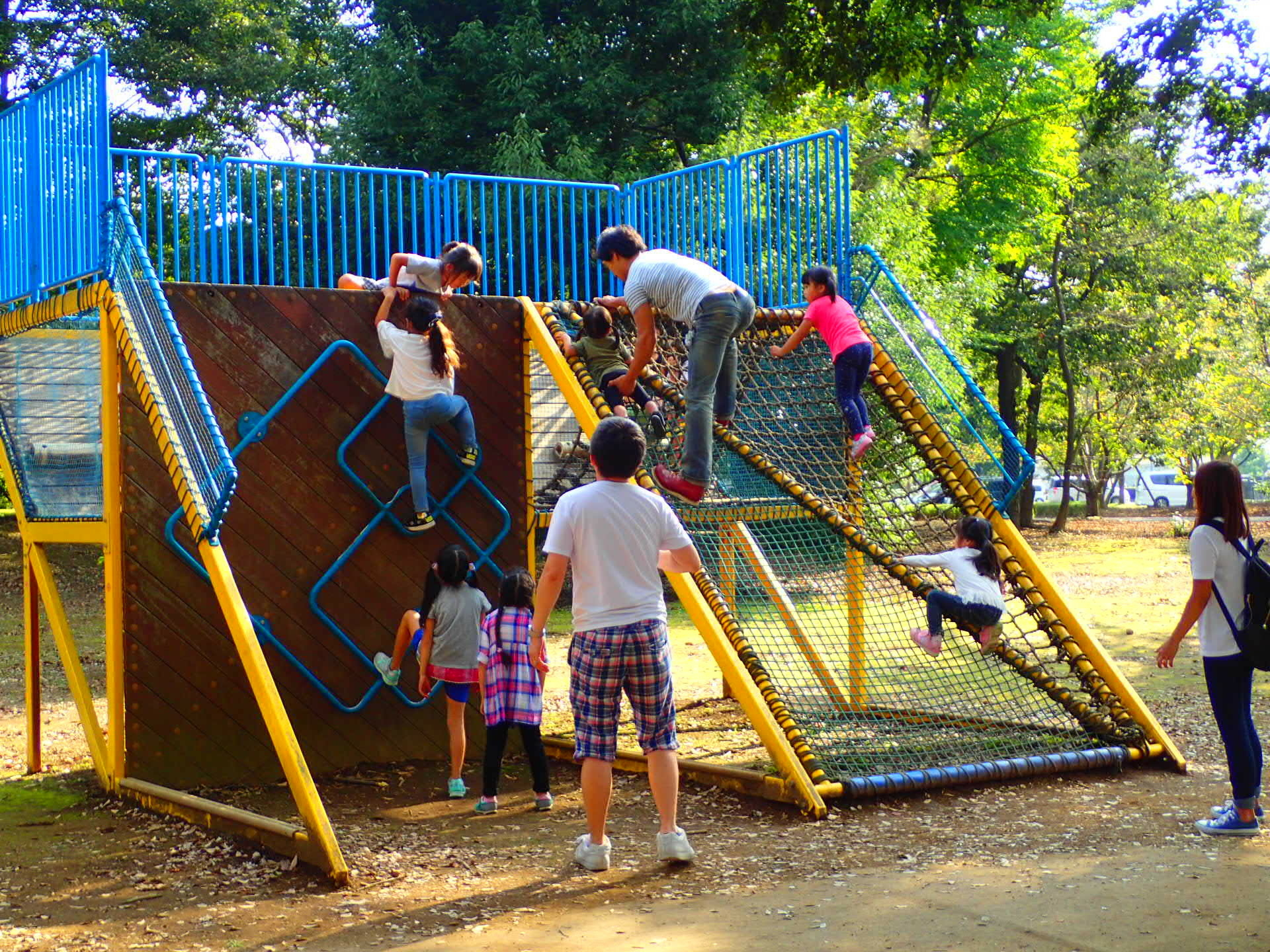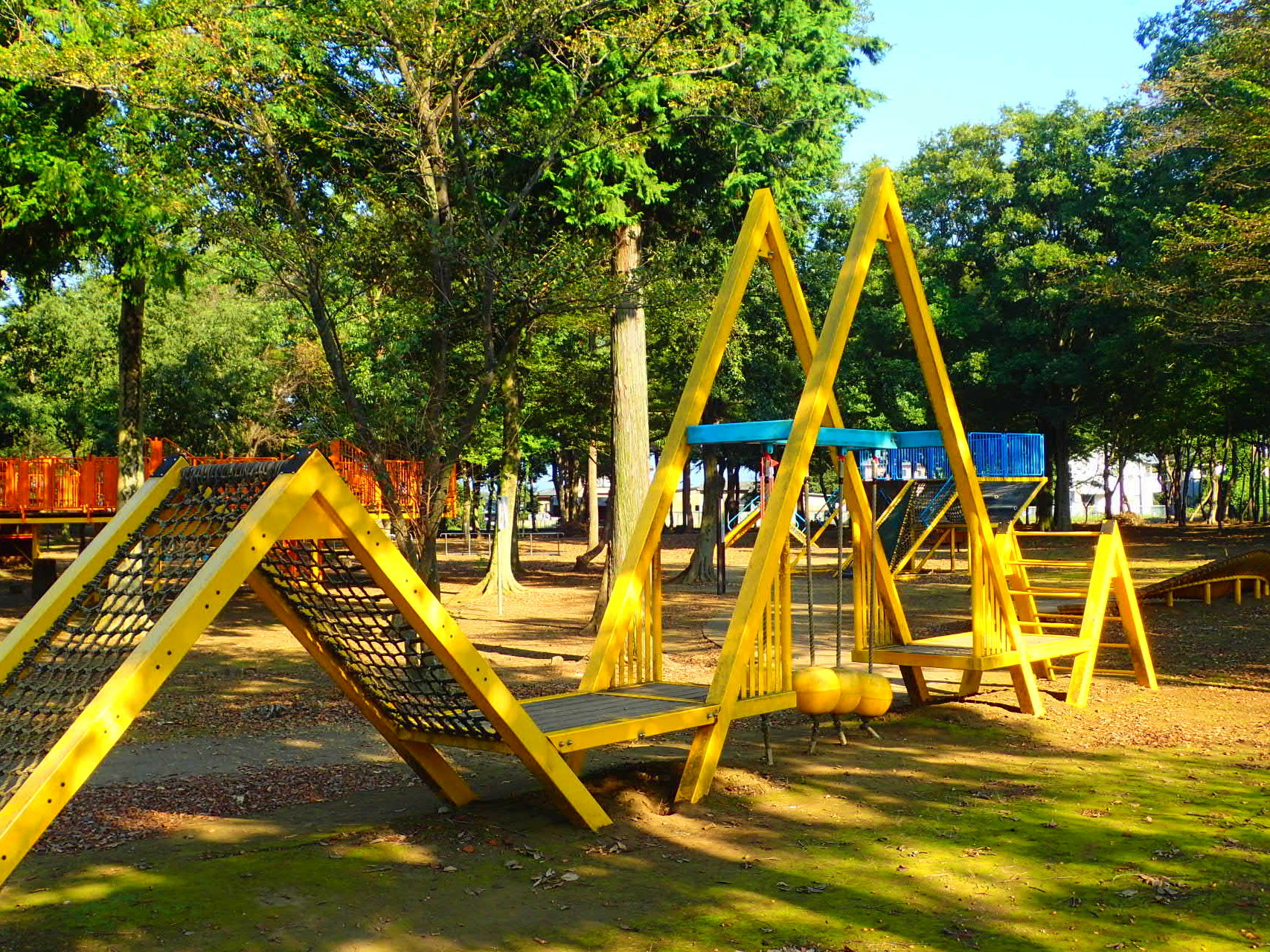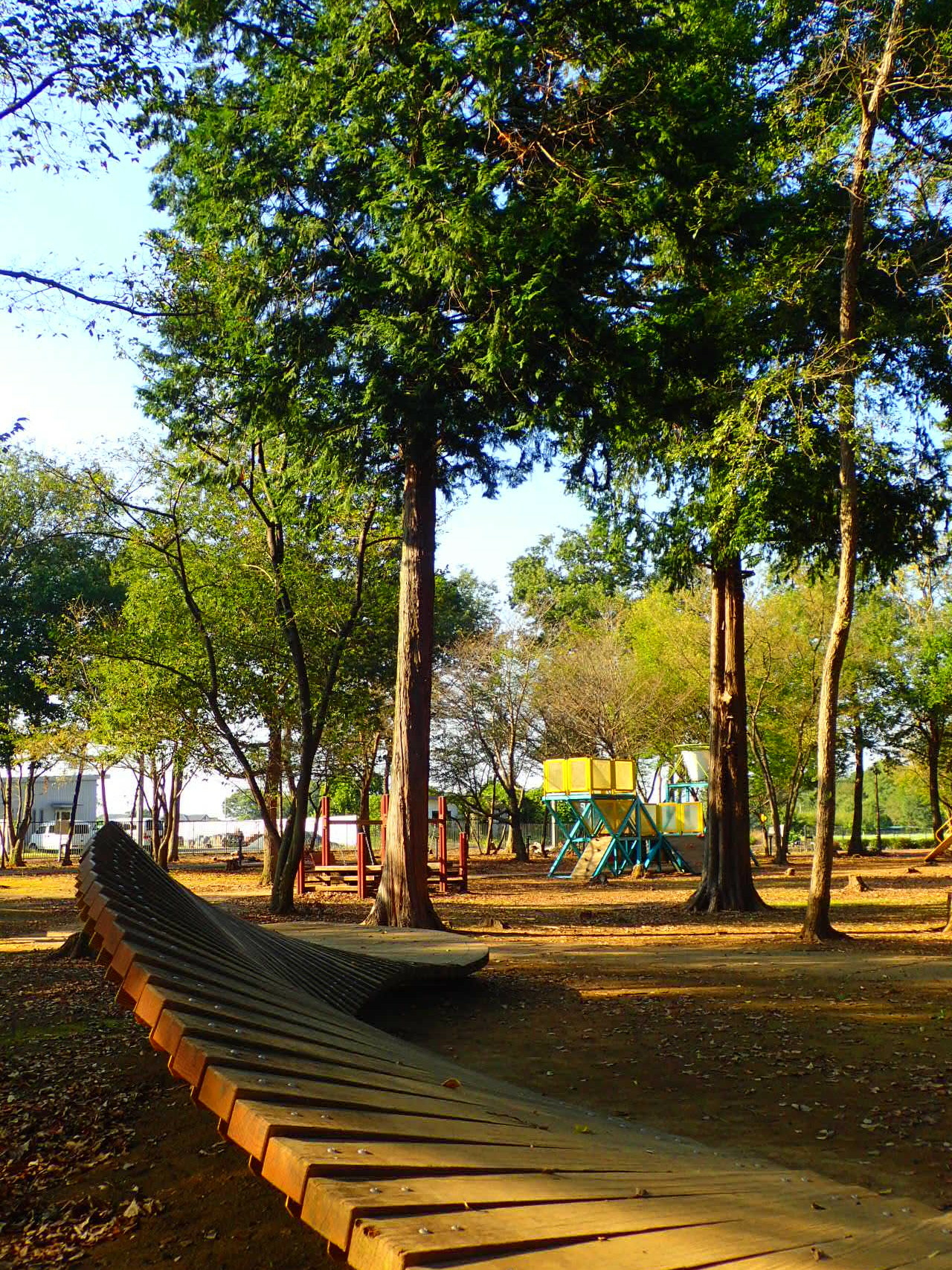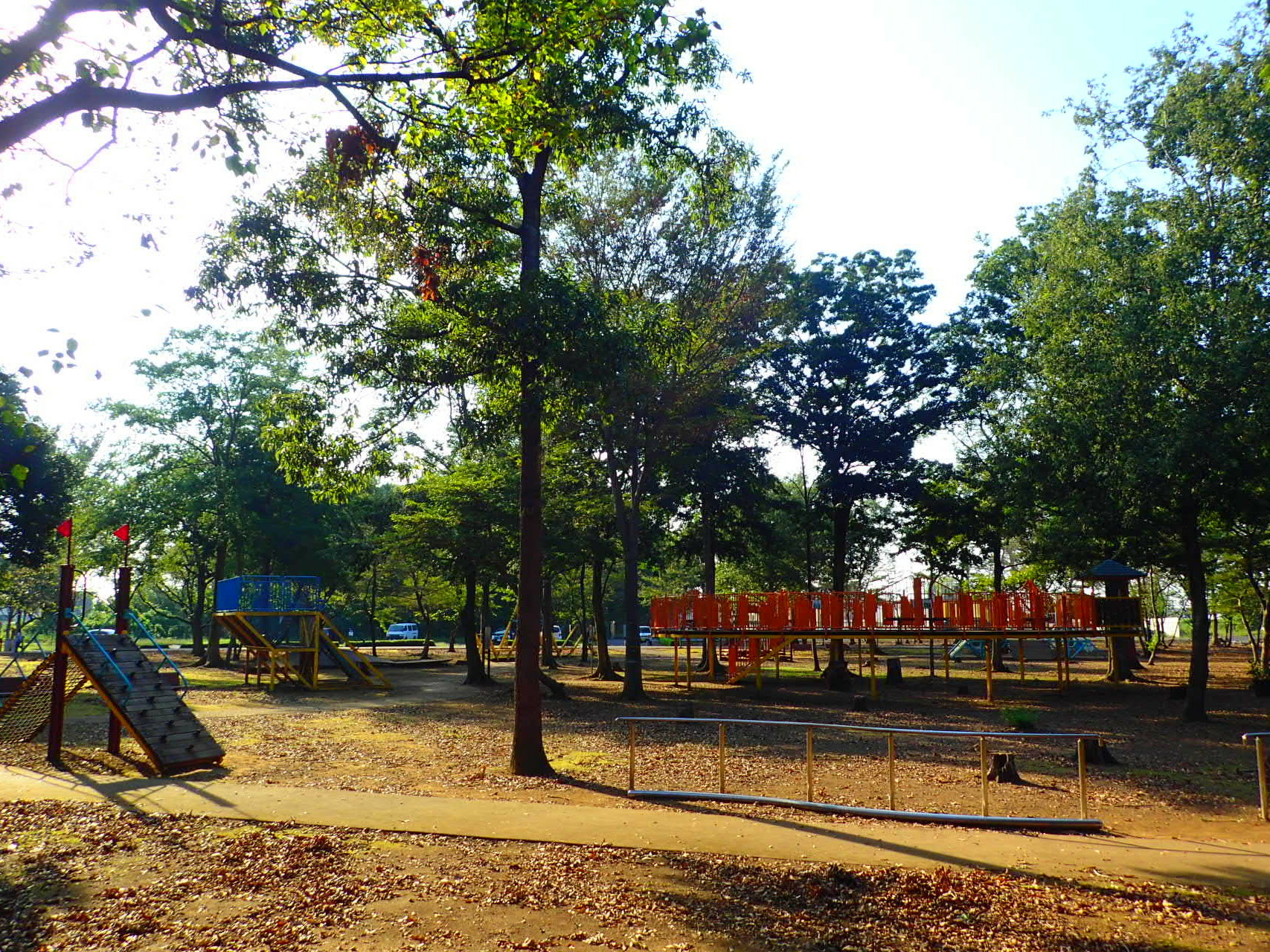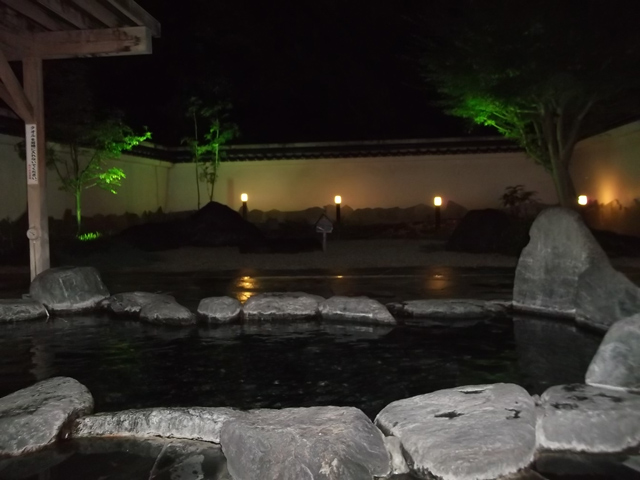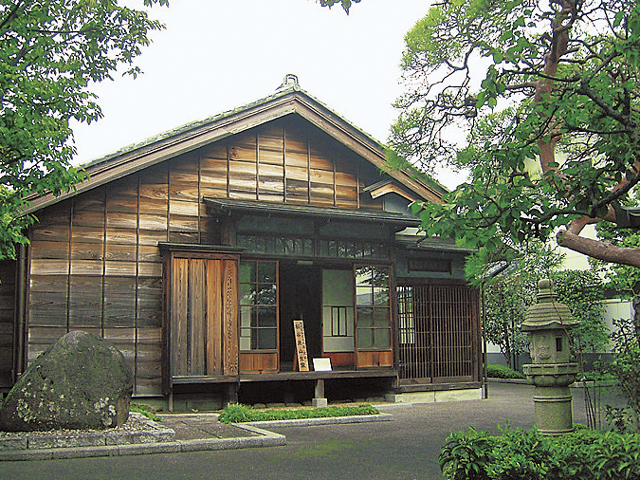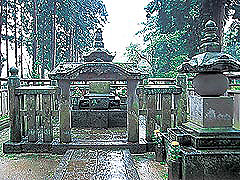A clubhouse with a boat pond where water birds can be seen, a sports room, a conference room, etc.
Play equipment in children's square
Play Equipment in Athletic Square (Net Climb)
Play Equipment in Athletic Square (Combination Climb)
Universal Deck
Three-dimensional crossing
Full view of Athletic Square
Jabujabu pond where you can play in the water (only in summer)
The information provided reflects the details available at the time of the survey.
Please note that facility details may change due to the facility’s circumstances, so please check for the latest information before visiting.
This content has been translated using machine translation.
Information provided by: JTB Publishing
This content uses automatic translation services. Automatic translations may not always be accurate.
Please note that the translated content may differ from the original meaning. We ask for your understanding when using this content.


